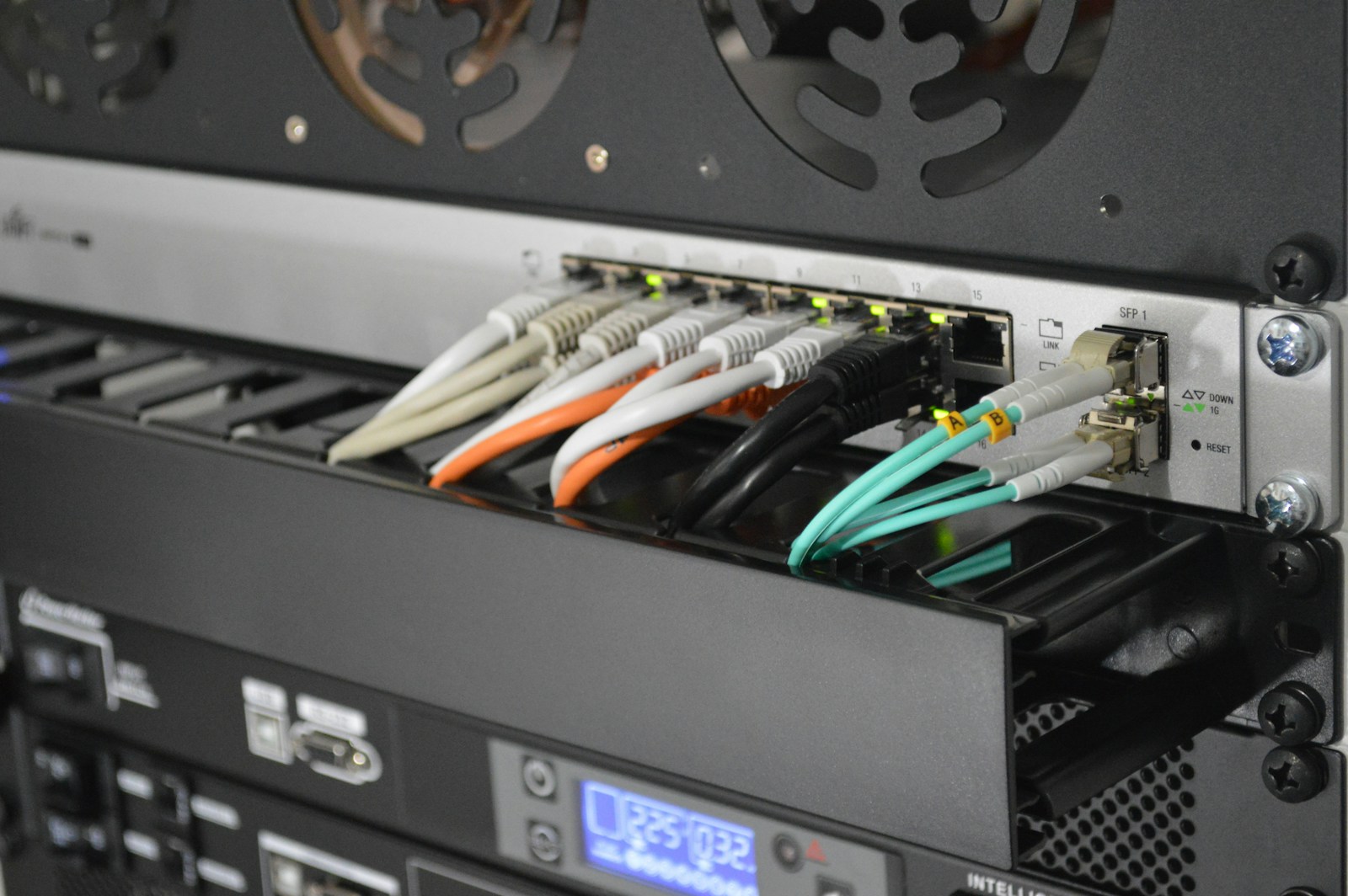A computer network comprises two or more computers that are connected either by cables (wired) or Wi-Fi (wireless) enabling data exchange, resource sharing, and collaboration. Whether you’re streaming videos, sending emails, or browsing the web, networks are always there in the background connecting us to our digital lives.
- Local Area Network (LAN):
- A LAN connects computers and devices within a limited geographical area, such as an office building, school, or home.
- Characteristics:
- Proximity: LANs cover a small physical area.
- High Data Transfer Rates: Devices within a LAN can communicate at high speeds.
- Private Ownership: Typically, LANs are privately owned and maintained by organizations.
- Examples include LANs within an office building, school, or hospital.
- Wireless Local Area Network (WLAN):
- A WLAN is similar to a LAN, but it operates wirelessly using Wi-Fi technology.
- Use Cases:
- Home Networks: Most home Wi-Fi networks are WLANs.
- Public Spaces: Airports, cafes, and libraries often provide public WLANs.
- Wide Area Network (WAN):
- A WAN spans a large geographical area, connecting LANs across cities, countries, or continents.
- The internet itself is the largest WAN, linking billions of computers worldwide.
- Companies use WANs to connect offices worldwide.
- WANs may have collective or distributed ownership models.
- Metropolitan Area Network (MAN):
- Larger than LANs but smaller than WANs.
- Often owned and managed by cities or government entities.
- Personal Area Network (PAN):
- A PAN is the smallest network, serving an individual or a small group of devices.
- Examples include Bluetooth connections between devices like smartphones and headphones.
Network Topology:
- Network topology refers to the arrangement of nodes (devices) and links (connections) in a network. Different topologies impact network performance, scalability, and fault tolerance. Here are common topologies:
- Star Topology:
- All devices connect to a central hub (like a switch or router).
- Easy to manage but relies heavily on the central hub.
- Bus Topology:
- Devices connect to a single central cable (the bus).
- Simple but vulnerable—failure of the bus disrupts the entire network.
- Ring Topology:
- Devices form a closed loop.
- Data travels in one direction around the ring.
- Each device acts as a repeater.
- Mesh Topology:
- Every device connects to every other device.
- Highly redundant but complex to set up.
- Hybrid Topology:
- Combines elements of different topologies.
- Offers flexibility and scalability.
Computer networks enable communication for business, entertainment, research, and more. The internet, online search, email, audio/video sharing, e-commerce, live streaming, and social networks all thrive because of these interconnected networks.
Feel free to explore further or ask any specific questions you might have!

Leave a Reply